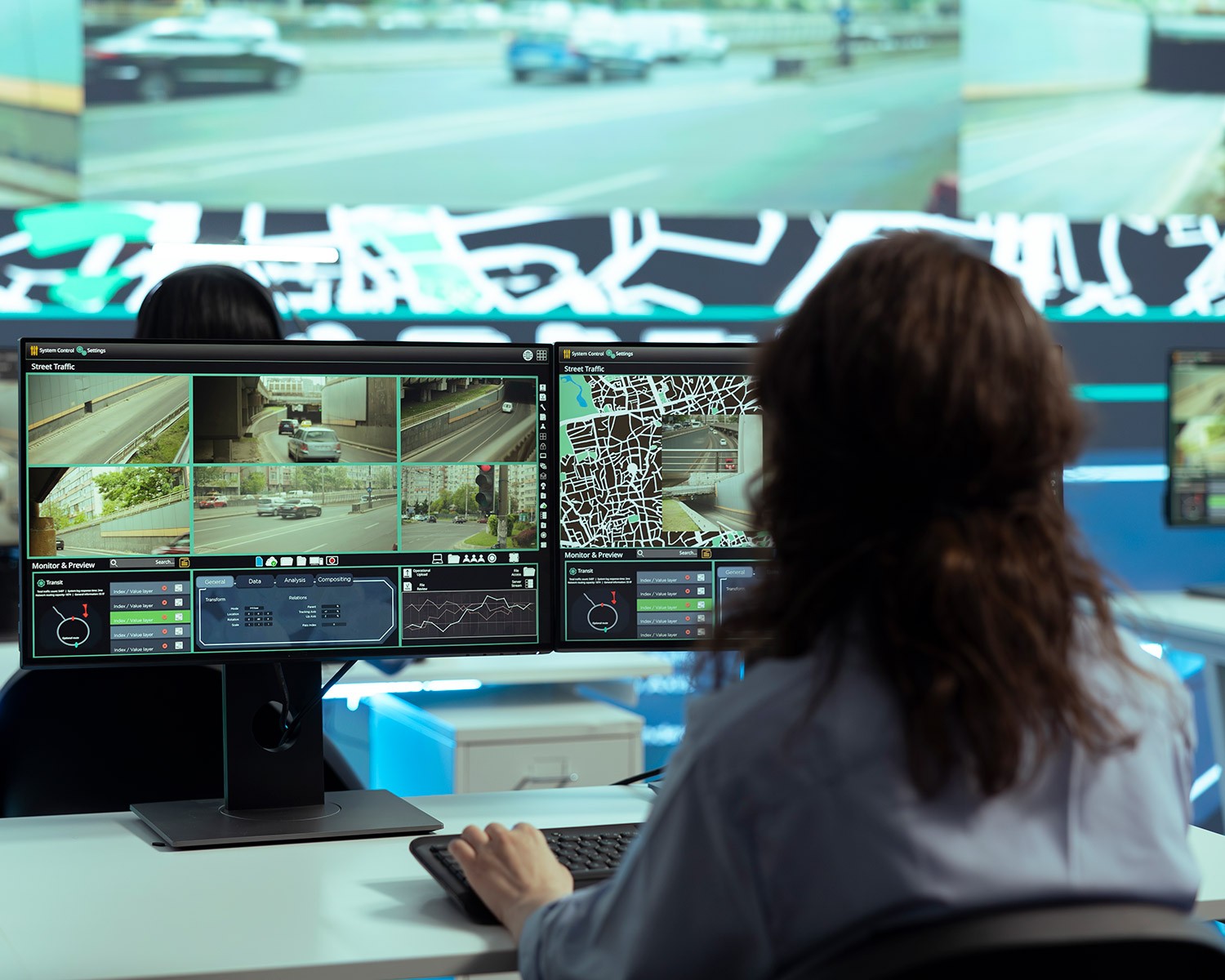Surveillance Systems Will Evolve Towards Zero False Alarms with 3D Cameras

In today's world, security is more crucial than ever, especially in high-risk environments like government facilities, military bases, and airports.
Whether from terrorism, vandalism, or theft, these locations must be protected, making dependable surveillance paramount. However, many current monitoring systems rely on outdated two-dimensional analysis, which is easily confused by environmental factors such as lighting, contrast, and distance. This limitation results in frequent false alarms, triggered by anything from weather changes to small animals. In fact, many security systems receive so many false alarms, owners often turn these costly systems off.
Most modern security and surveillance systems utilize 2D images combined with AI and computer vision to try to pick out anomalies from a video stream. These systems are pre-trained on known objects, and regularly get confused when threats look different than the training data. For instance, if a human were to dress like a tree or wear a picture resembling the scene behind them as they crawl across the scene, a 2D camera system would struggle to pick up the threat. Similarly, lacking 3D information, these systems can be triggered by shadows, bugs, and common animals. These inherent flaws in today’s technology highlight the urgent need for more advanced solutions. This is where the next generation of surveillance comes in - 3D monitoring. 3D systems are able to detect threats simply by measuring the distance to every static and dynamic object in the scene, and accurately identifying any changes or moving objects above the ground. With this accurate 3D information, a surveillance system can quickly rule out anomalies while accurately detecting and tracking real threats moving through the scene.
Research firm Parks Associates cited a report from the National Institute of Justice stating that the estimated cost of false alarms in the United States – covering things including police responses, fines, and equipment maintenance – is $1.8 billion per year. According to the US Department of Justice, half of all alarm activations are false.
“Even one false alarm has a major impact on perceptions,” Parks Associates president Elizabeth Parks wrote last year. “Half of system owners consider one false alarm too many to experience in a year, and about two-thirds say two is too many. After three false alarms, there seems to be no change as consumers have settled into the belief that their system triggers too many false alarms.”
“Security companies hoping to change perceptions will have very little room for error when it comes to design, installation, and monitoring of potential alert events,” she added.
Surveillance and security companies able to reliably provide volumetric or 3D monitoring will become the new leaders in the industry. Such systems will eliminate false positives, identify intruders more reliably, cut operational costs, and reduce the effects of environmental factors that plague two-dimensional systems.
Passive vs. Active Monitoring
3D monitoring is done with either active or passive sensors. Active sensors send out a signal and measure what reflects off of objects in the scene. Lidar is one form of active 3d sensor that sends out photons using a laser and measures the time those photons take to return. Whereas passive sensors, such as cameras, do not emit any signal, but rather detect incoming signals.
Active sensors provide benefits in security applications, including precise distance measurements, 360-degree coverage, and the ability to operate in complete darkness without external lighting. These features make active sensors effective in environments with challenging visibility conditions. However, they are not without limitations. Active sensors have high unit prices, and their mechanical components wear out, necessitating field replacements - sometimes annually. Additionally, their resolution can be limited. Even advanced systems, such as 128-line LiDAR, generate fewer than 5 million points per second, resulting in sparse data. This lower resolution can hinder their ability to detect smaller or more distant objects, reducing their overall range and effectiveness in some scenarios.
In contrast, passive sensors like cameras can be built with commodity components, making them more cost-effective and durable due to the absence of moving parts. They also excel in resolution, capturing detailed imagery capable of identifying small objects over long distances. However, their reliance on ambient light limits their effectiveness in low-light or nighttime conditions without additional illumination.
For security applications, where affordability, resolution, and reliability are key, passive sensors offer a practical and scalable solution. By leveraging their strengths, modern surveillance systems can achieve precise monitoring without the high costs and mechanical limitations associated with active sensors.
One particular type of surveillance and security technology has been proven to overcome the challenges of two-dimensional systems: Stereo vision, which uses 2D cameras to create high-resolution 3D images. With their ultra-high resolution 3D monitoring capabilities, advanced stereo vision sensors provide precise, 3D pictures of scenes in real time. Utilizing standard IP cameras, these new systems can precisely rely on passive sensing to define keep-out areas and track the location, speed and direction of any intrusion.
After all, how many actual car alarms are ignored and cars are stolen as a result of our collective indifference now to the sounds of false alarms? Operations teams that run major facilities can now use this new technology to protect themselves against facing a similar problem.
